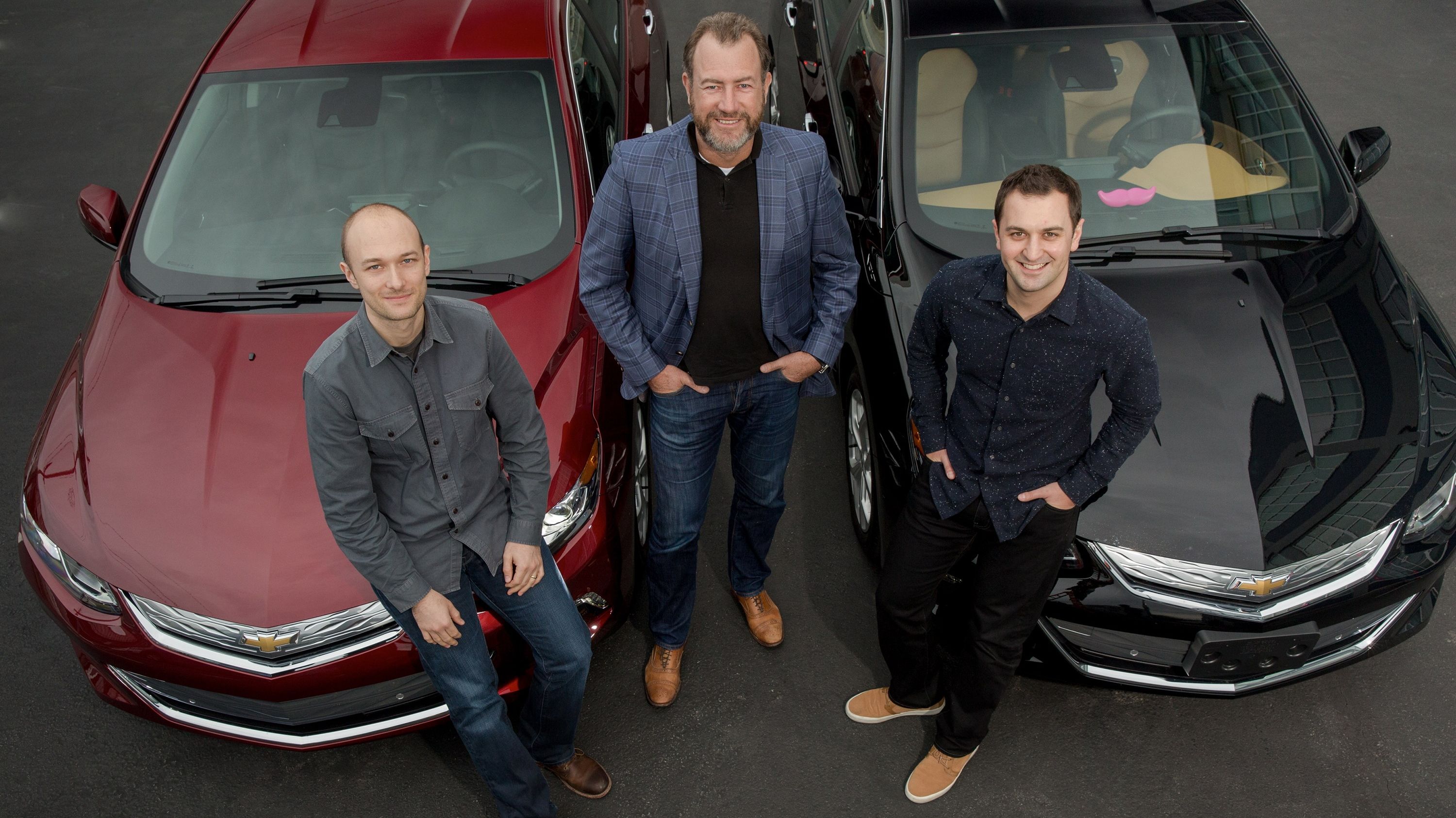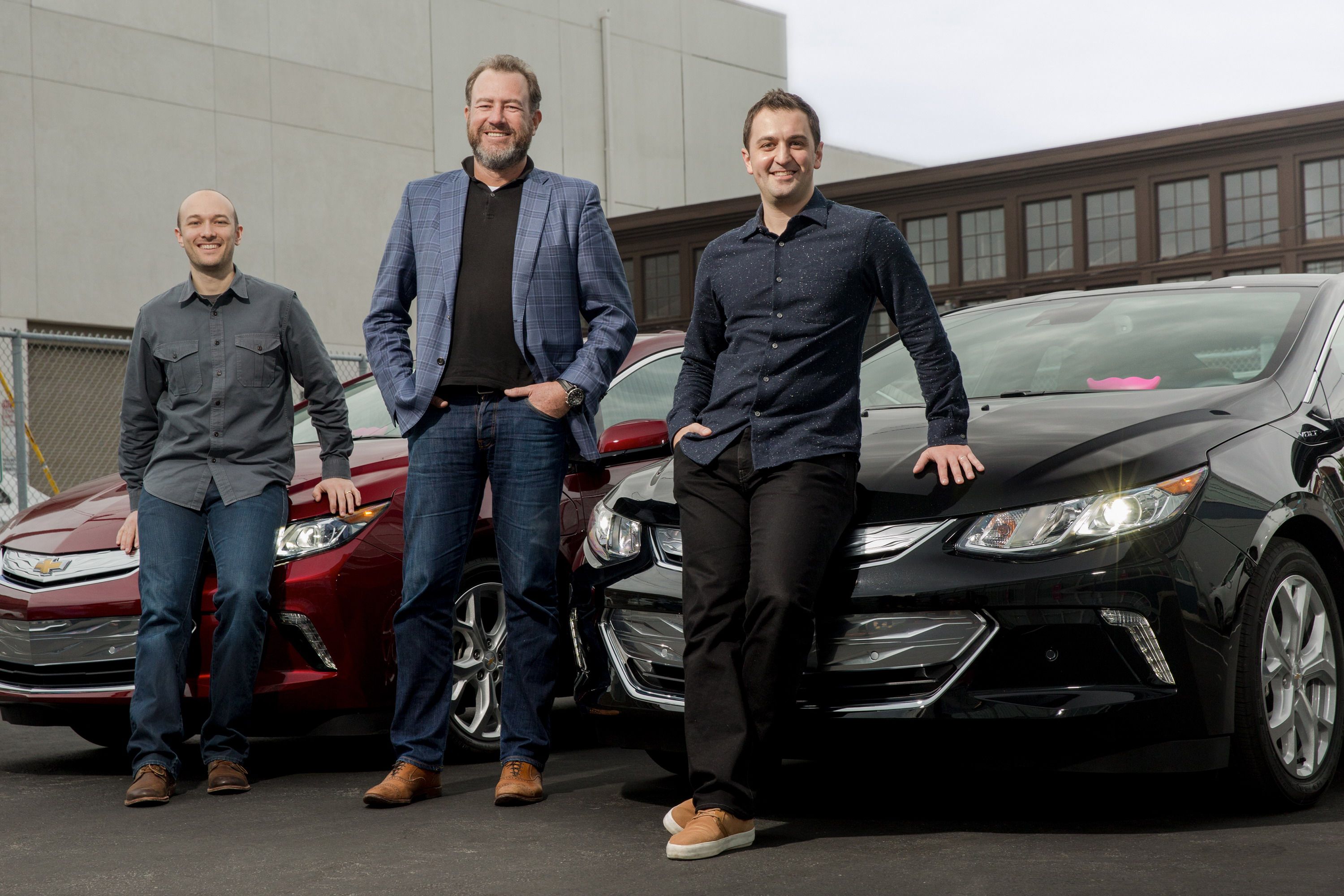With companies like Lyft and Uber taking the world by storm, it was only a matter of time before these companies started branching out and partnering with auto manufacturers. Autonomous cars are still a few years away – at least – but Lyft and GM->ke1024 are already looking to that somewhat-near future and are preparing to streamline the ride-sharing industry.
This preparation has led to a “long-term strategic alliance” between GM and Lyft that will bring about a network of on-demand autonomous->ke5282 vehicles in the U.S. GM President Dan Ammann said, “We see the future of personal mobility as connected, seamless and autonomous. With GM and Lyft working together, we believe we can successfully implement this vision more rapidly.” John Zimmer, the president of Lyft, believes the alliance will “bring change to our daily lives” and should redefine car ownership.
What this alliance between GM and Lyft really means is that GM is investing $500 million in Lyft and will hold a seat on Lyft’s board of directors. GM is now the preferred provider of short-term use vehicles to Lyft drivers, who will have access to a wide range of cars and OnStar services. GM and Lyft will work together to provide personalized services to each other’s customers. As GM provides the cars and technology, Lyft is said to continue providing new transportation experiences.
Continue reading for the full story.
Why it matters
In the short term, this deal will probably benefit Lyft customers fairly well, and if nothing else, you can expect to get picked up in a newer GM car next time you use Lyft. In the long-term, however, I see this alliance taking away from those who depend on Lyft as a source of income – regardless of how significant that income is. Once we get to the point that autonomous vehicles can be trusted, I can see GM and Lyft using autonomous fleets as a primary go-to for Lyft calls, with human drivers taking up the slack, if any. Ultimately, I can see Lyft become a fully autonomous company altogether. As technology evolves, it will continue taking over jobs normally performed by humans, and in this case, I could see it having a residual effect on local economies and human drivers are slowly phased out.


